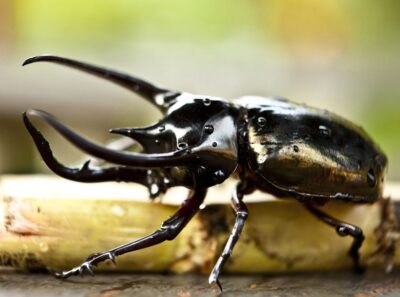
Asian longhorned beetles are known for feeding on a variety of different hardwood trees.
They have been found in birch, poplar, horse chestnut, sycamore and willow trees in the past, but they’re particularly fond of maple trees. With more than 1 billion maple trees in Michigan, the impact of an Asian longhorned beetle infestation could be particularly devastating. They’ve even compared its potential impact to that of the emerald ash borer, which has killed millions of ash trees in Michigan over the past 15 years.
Fortunately, the Michigan DNR and Department of Agriculture are already taking steps to prevent the beetles from creating widespread problems.
Environmental officials are doing their best to educate people about Asian longhorned beetle infestations so that they know how to spot them. They are also speaking directly with landscapers, tree nurseries and others about reporting potential beetle infestations so that they can be contained. So far, this approach seems to be working, but it will take vigilance to prevent serious infestations in the future.
To learn more about how to spot Asian longhorned beetle damage, check out this guide from the Michigan Department of Agriculture.

